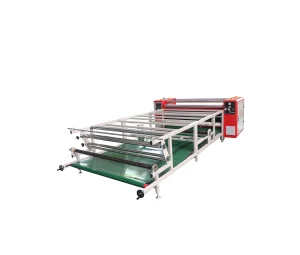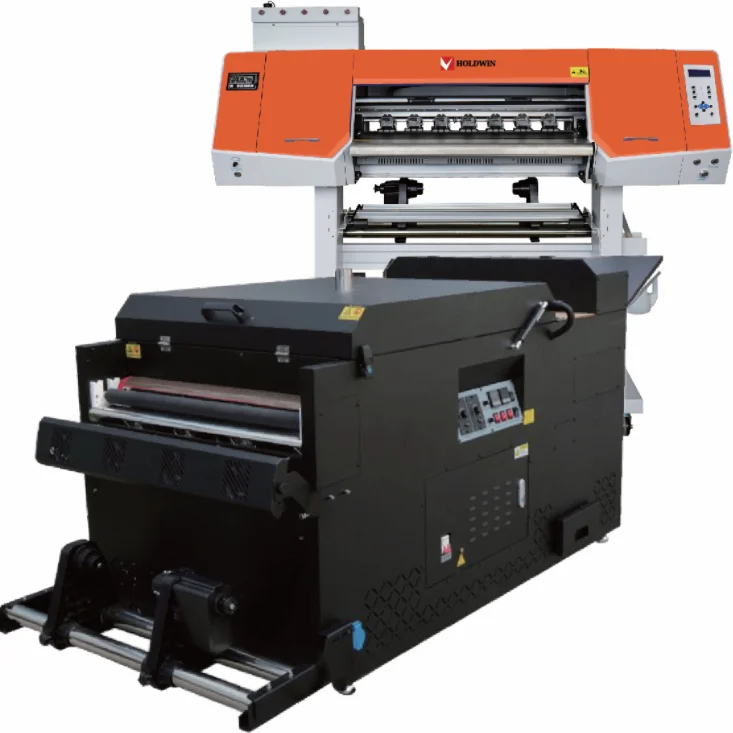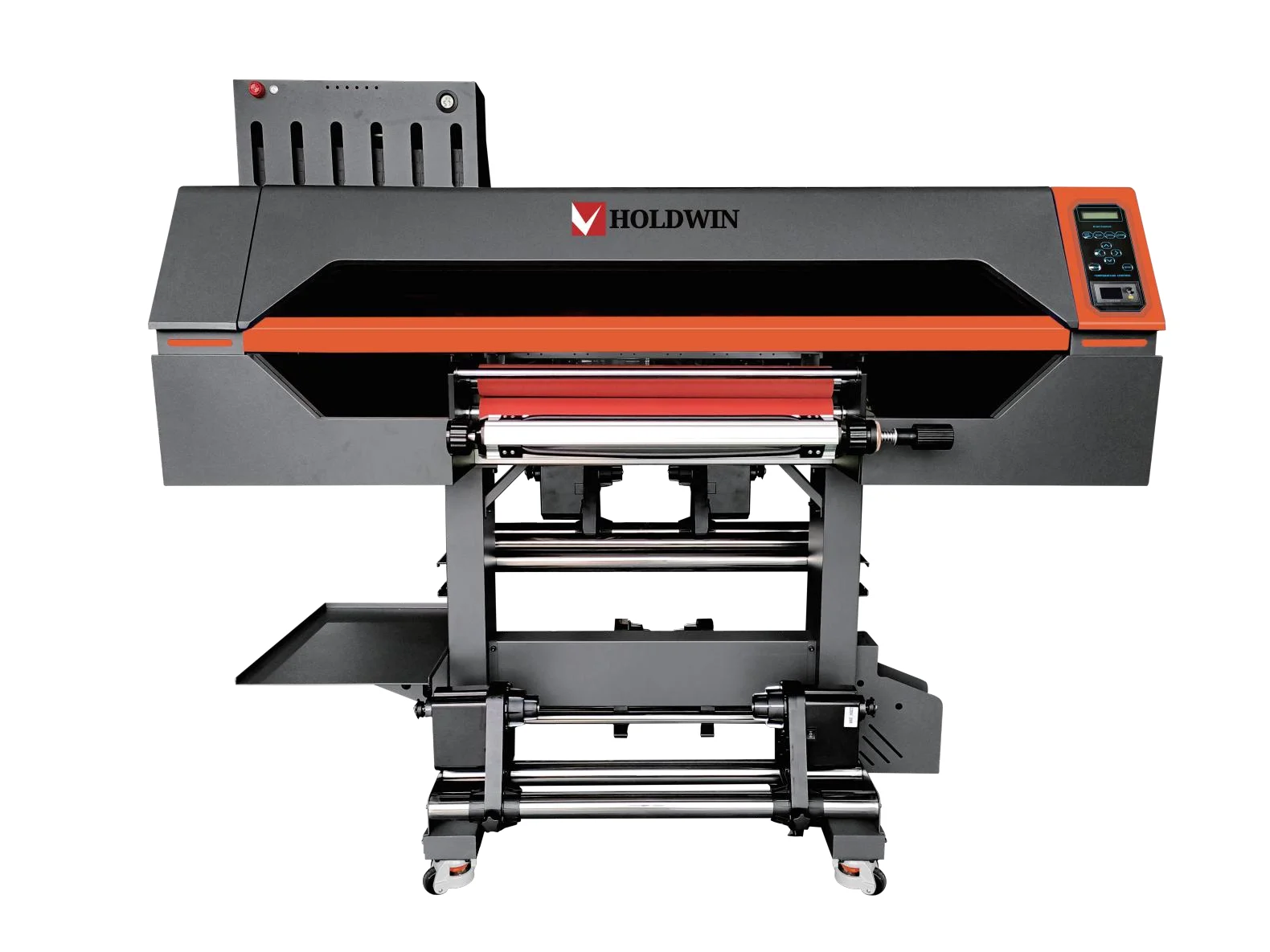
DTF printing lets you print on all kinds of fabrics, like silk, polyester, or cotton, unlike DTG, which only works on natural stuff. With a DTF printer like the HOLDWIN-602i, you print designs on a special PET film, add sticky powder, heat it to set, and press it onto fabric. Sometimes, you hit snags like clogged ink, designs not sticking, or colors fading. But HOLDWIN’s smart tech, like top-notch ink systems and great materials, fixes these issues. Keep your printer in good shape, use the right settings, and work in a steady space (18–30°C, 40–60% humidity) for bright, long-lasting prints.

DTF printing is a popular new way to print on textiles and promotional items. Unlike DTG (direct-to-garment) printing, which only works on natural fabrics like cotton, DTF printing is much more flexible. It can print on silk, polyester, nylon, and even cotton. This makes it easy to create a wide range of products without changing equipment.
Here’s how it works: First, a design is printed onto a special PET film using textile inks. Then, while the ink is still wet, a hot melt powder is sprinkled on top. The film gets heated to set the design. Finally, a heat press transfers the design onto fabric or other materials. This process creates bright, durable prints that stick well to different surfaces.
To get the best results, you need to understand the main pieces of a DTF printing setup.
The DTF printer is the heart of the system. Take the HOLDWIN-602i, for example. It has two i3200 printheads that work fast and print clearly. These heads use CMYK+W inks (cyan, magenta, yellow, black, plus white). This setup makes colors pop and designs look sharp.
UV DTF printers go beyond fabrics. They can print on hard surfaces like glass, wood, or metal, where regular heat transfers don’t work. The UV inks dry quickly under special lights. This makes prints tough against water or scratches.

DTF printing needs a special PET film, not the kind used in screen printing. This film is 0.75 mm thick and made to handle hot melt powder. The powder, made from polyurethane resin, melts when heated to stick tightly to fabric. The ink set has white and CMYK colors, perfect for bright prints on dark or light materials.
DTF printing has lots of advantages, but some issues can mess up your prints if you’re not careful.
Ink can dry in the printer’s nozzles, especially if you don’t use the machine often or store it wrong. DTF inks are thicker than other kinds, so they’re more likely to clog if the ink sits still too long.
Check the nozzles regularly to catch problems early. Use the printer’s built-in cleaning cycles. The HOLDWIN-602i has a smart ink circulation system. It keeps ink moving to prevent buildup in the lines.
If the powder isn’t spread evenly or the curing temperature is off, the design might not stick well. Wet fabrics can also cause trouble, stopping the adhesive from bonding properly.
Use the right settings for curing: heat the platform to 75°C and dry at 110°C. Make sure the press applies steady pressure everywhere. This stops peeling or patchy transfers.
Bad inks can make prints look dull or fade after washing. Always use inks made for your DTF printer’s printheads. The HOLDWIN-602i uses Paint ink, which keeps colors bright for a long time.
Use ICC profiles that match your material to get accurate colors. Check calibration often, especially when you switch fabrics or change print speeds. This keeps your prints looking the same every time.
The materials you pick, like films and powders, make a big difference in how your prints turn out.
Choose a PET film that fits your DTF printer’s heating width, which is 600mm for the HOLDWIN-602i. The wrong film can jam the printer or soak up ink poorly.
Low-quality films can bend or warp when heated. They might also not release the design properly, causing blurry or incomplete prints.
Spreading powder by hand can lead to clumps or thin spots. The automatic powder shake bed in HOLDWIN systems spreads powder evenly. This saves material and makes prints stick better.
If you under-cure, the adhesive stays sticky. If you over-cure, it gets brittle. Use equipment like HOLDWIN models with precise temperature controls for perfect results.
Your workspace can affect how well your prints turn out.
Too much humidity makes ink bleed. Too little humidity dries ink in the nozzles, causing clogs. Keep your workspace at 18–30°C and 40–60% humidity, as HOLDWIN suggests.
A controlled environment, like a room with a dehumidifier, keeps your printer working well. This is super important for big print jobs where small changes can cause problems.
HOLDWIN makes reliable printers that help solve these common issues.
HOLDWIN uses Piezoelectric Inkjet technology for precise ink placement. This cuts down on overspray and clogs. Their ink supply system keeps ink flowing smoothly, even during long print runs.
UV models let you print on hard surfaces like ceramics or plastic signs. These prints resist scratches and stay colorful, making them great for promotional items.
HOLDWIN’s PET films are made for their printers, so they feed smoothly without jams. Their eco-friendly powders bond strongly and stay flexible, even after many washes.
Here’s how to get the best results:
These steps make printing faster and reduce mistakes from things like humidity or user errors.
Good equipment needs good support. HOLDWIN offers:
Q: What fabrics can I print on with DTF?
A: You can print on silk, polyester, nylon, and cotton. DTF is way more versatile than DTG.
Q: Why don’t transfers stick well?
A: Problems usually come from wrong curing temperatures, uneven pressure, or patchy powder application.
Q: How do I stop printhead clogs?
A: Use a DTF printer with ink circulation, like HOLDWIN models. Stick to regular maintenance and keep humidity at 40–60% and temperature at 18–30°C.

Zhiyu is passionate about good products, good services, and good prices to let consumers know that choosing us is the right choice! For partners and end customers, we will provide one-on-one considerate smart services and provide you with more high-quality procurement solutions.